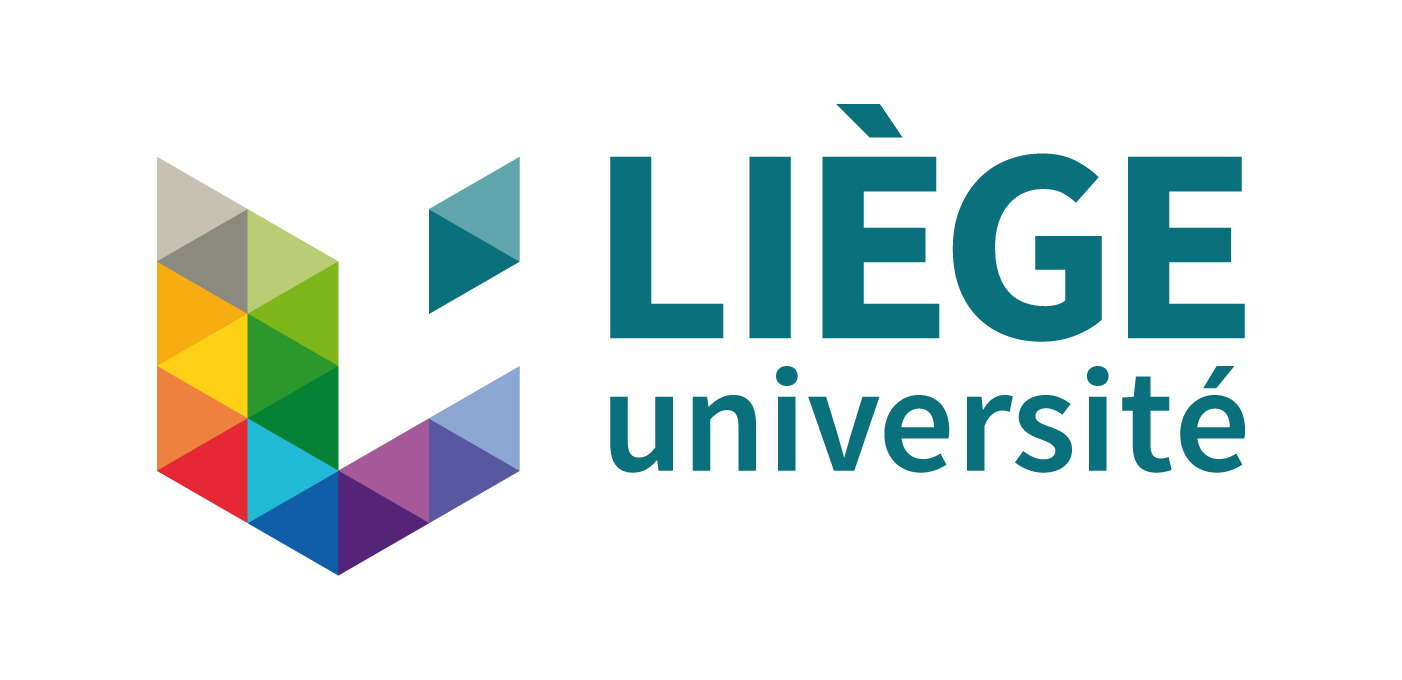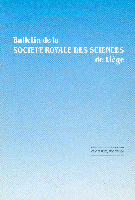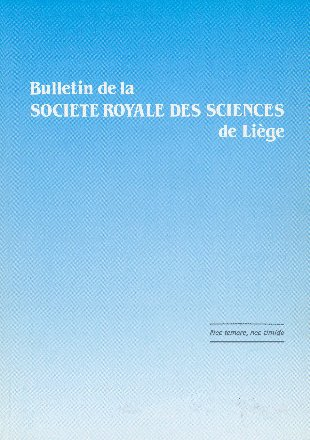- Portada
- Volume 87 - Année 2018
- Actes de colloques
- First Belgo-Indian Network for Astronomy & Astroph...
- Binarity and Variable Stars in the Open Cluster NGC 2126
ya que 05 febrero 2011 :
Vista(s): 1032 (4 ULiège)
Descargar(s): 149 (0 ULiège)
Nareemas
Chehlaeh, David
Mkrtichian, Seung-Lee
Kim, Patricia
Lampens, Siramas
Komonjinda, Anatoly
Kusakin & Ljudmila
Glazunova Binarity and Variable Stars in the Open Cluster NGC 2126
(Volume 87 - Année 2018 — Actes de colloques — First Belgo-Indian Network for Astronomy & Astrophysics (BINA) workshop - November 2016 - Nainital, India)
Article
Mots-clés : astronomie, astrophysique, binaires, étoiles, photométrie, variability
Abstract
We present the results of an analysis of photometric time-series observations for NGC 2126 acquired at the Thai National Observatory (TNO) in Thailand and the Mount Lemmon Optical Astronomy Observatory (LOAO) in USA during the years 2004, 2013 and 2015. The main purpose is to search for new variable stars and to study the light curves of binary systems as well as the oscillation spectra of pulsating stars. NGC 2126 is an intermediate-age open cluster which has a population of stars inside the Scuti instability strip. Several variable stars are reported including three eclipsing binary stars, one of which is an eclipsing binary star with a pulsating component (V551 Aur). The Wilson-Devinney technique was used to analyze its light curves and to determine a new set of the system’s parameters. A frequency analysis of the eclipse-subtracted light curve was also performed. Eclipsing binaries which are members of open clusters are capable of delivering strong constraints on the cluster’s properties which are in turn useful for a pulsational analysis of their pulsating components. Therefore, high-resolution, high-quality spectra will be needed to derive accurate component radial velocities of the faint eclipsing binaries which are located in the field of NGC 2126. The new Devasthal Optical Telescope, suitably equipped, could in principle do this.
Keywords : astronomy, astrophysics, binaries, photometry, stars, variability
Para citar este artículo
Nareemas Chehlaeh, David Mkrtichian, Seung-Lee Kim, Patricia Lampens, Siramas Komonjinda, Anatoly Kusakin & Ljudmila Glazunova, «Binarity and Variable Stars in the Open Cluster NGC 2126», Bulletin de la Société Royale des Sciences de Liège [En ligne], Volume 87 - Année 2018, Actes de colloques, First Belgo-Indian Network for Astronomy & Astrophysics (BINA) workshop - November 2016 - Nainital, India, 216 - 223 URL : http://popups.ulg.be/0037-9565/index.php?id=7656.
Department of Physics and Materials Science, Faculty of Science, Chiang Mai University, Thailand and Graduate School, Chiang Mai University, 50200, Chiang Mai, Thailand,
nareemas.c@gmail.comNational Astronomical Institute of Thailand, 50200, Chiang Mai, Thailand
Korea Astronomy and Space Science Institute, 34055, Daejeon, Korea
Koninklijke Sterrenwacht van Belgïe, Ringlaan 3, B-1180, Brussel, Belgium
Department of Physics and Materials Science, Faculty of Science, Chiang Mai University, Thailand
Fesenkov Astrophysical Institute, Observatory street, 23, 050020, Almaty, Kazakhstan
Astronomical Observatory, Odessa National University, Shevchenko Park, 65014, Odessa, Ukraine and Odessa National Academy of Telecommunications, Kuznechnaya street 1, 65029, Odessa, Ukraine







